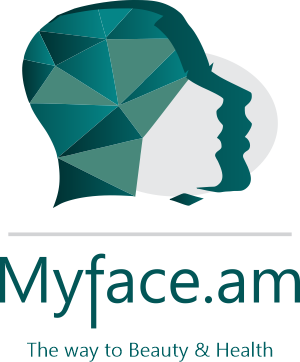Septoplasty
Septoplasty (SEP-toe-plas-tee) is a surgical procedure to straighten the bone and cartilage dividing the space between your two nostrils (septum). When the septum is crooked, it’s known as a deviated septum. A deviated septum can make it harder to breathe through your nose and can increase the risk of sinus infections due to poor drainage.
During septoplasty, your nasal septum is repositioned to the middle of your nose. This may require your surgeon to cut and remove parts of your nasal septum before reinserting them in the proper position.
Once a septoplasty is healed, you’ll likely find it’s easier to breathe. Your surgeon can discuss what septoplasty can achieve for you.
How you prepare
Before scheduling septoplasty, you’ll meet with your surgeon to discuss benefits and risks of the surgery. This meeting generally includes:
- Your medical history. Your doctor will ask about conditions you have or have had, as well as any current medications or supplements that you’re taking.
- A physical examination. You’ll have a physical exam, including any relevant tests. The doctor will inspect your skin and the inside and outside of your nose.
- Photographs. Someone from your doctor’s office may take photographs of your nose from different angles. Your doctor can use these photos for discussion before septoplasty or for reference during and after surgery.
- A discussion of your expectations. You and your doctor should talk about your expectations. He or she will explain what septoplasty can and can’t do for you and what your results might be.
Food and medications
Avoid medications containing aspirin or ibuprofen (Advil, Motrin IB, others) before and after surgery. These medications may increase bleeding. Take only those medications approved or prescribed by your surgeon.
Other precautions
If you smoke, stop smoking. Smoking increases your risk of having problems during and after surgery. Smoking can slow the healing process.
What you can expect
Septoplasty straightens the nasal septum by trimming, repositioning and replacing cartilage or bone. The surgeon works through incisions inside the nose. Occasionally it is necessary to make a small incision between the nostrils.
If the nasal bones are crooked and pushing the septum off to one side, it may be necessary to make cuts in the bones of the nose to reposition them. Spreader grafts are small, reinforcing strips of cartilage that can be used to help correct a deviated septum when the problem is along the bridge of the nose. Sometimes these are necessary to effectively straighten the septum.
After the procedure
To further decrease the chances of bleeding and swelling, your doctor may ask that you follow these precautions for several weeks after surgery. Depending on the extent of your surgery, you may not need to do all of these:
- Elevate your head when you’re sleeping.
- Don’t blow your nose for several weeks.
- Wear clothes that fasten in the front; don’t pull clothing, such as shirts or sweaters, over your head.
- Avoid strenuous activities, such as aerobics and jogging, for up to five weeks to avoid potentially causing a nosebleed.

